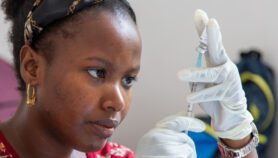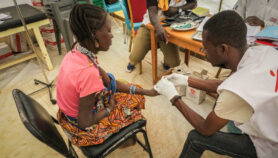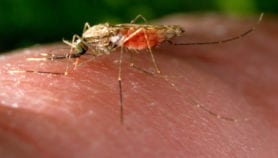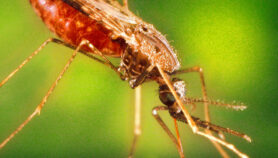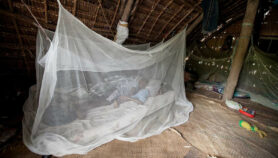17/03/23
WHO clears combination malaria nets to dodge resistance
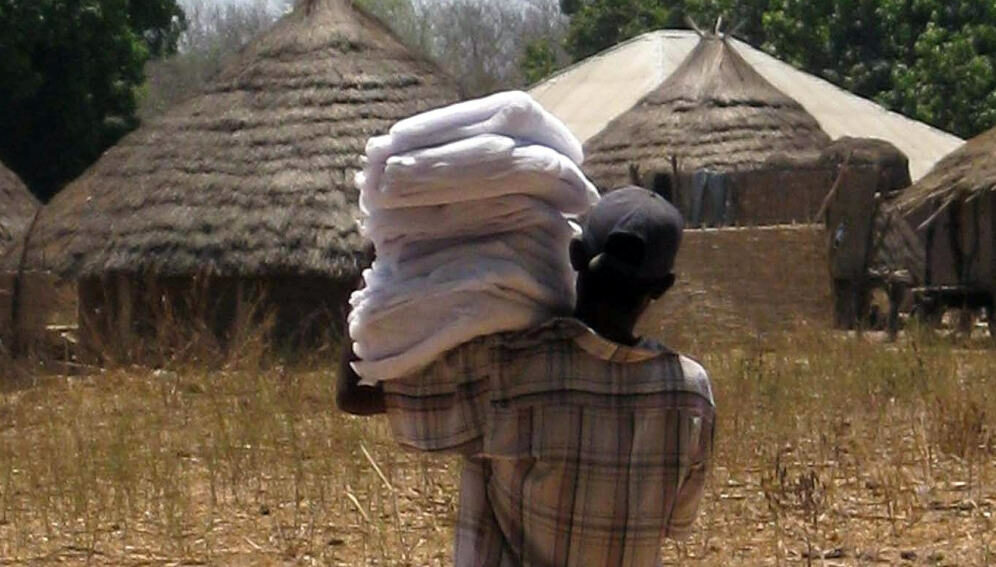
By: Dann Okoth
Send to a friend
The details you provide on this page will not be used to send unsolicited email, and will not be sold to a 3rd party. See privacy policy.
[NAIROBI] The World Health Organization (WHO) has updated its malaria policy guidelines to recommend the use of nets treated with a combination of insecticides, in what researchers say could be a game-changer in the global fight against the disease if managed effectively.
Malaria is a leading cause of illness and death in many of the world’s poorest countries, with young children and pregnant women most affected. In 2021, malaria killed 619,000 worldwide—with 96 per cent of those deaths occurring in Africa, according to WHO estimates.
There has been a growing resistance of malaria-transmitting anopheles mosquitoes to pyrethroid, the insecticide currently used in insecticide-treated nets.
“With the scale-up we can expect massive impact on malaria burden, provided that high coverage is sustained and resistance to chlorfenapyr does not develop too fast.”
Natacha Protopopoff, associate professor of entomology, London School of Hygiene and Tropical Medicine
The WHO now recommends that malaria-endemic regions experiencing pyrethroid resistance switch to the more effective pyrethroid-chlorfenapyr nets.
Years of research
The recommendations follow years of research conducted by the London School of Hygiene and Tropical Medicine (LSHTM) and partners into the efficacy of pyrethroid-chlorfenapyr nets.
Corine Ngufor, associate professor of medical entomology at the disease control department of LSHTM, said the development was a “major milestone” towards achieving malaria elimination targets, but warned that work to combat resistance must continue.
“This is the first time WHO is approving a new non-pyrethroid insecticide on mosquito nets,” she told SciDev.Net.
“We just need to learn from the past and ensure we preserve the efficacy of products and also continue to innovate.”
She challenged procurement agencies like the Global Fund to Fight AIDS, Tuberculosis and Malaria, to support countries to increase uptake of the nets, which are treated as they are manufactured.
“There is also need to sensitise countries on the improved public health value the nets can provide, in order for governments to prioritise them for high transmission areas,” Ngufor said.
Until now, WHO recommended only nets treated with pyrethroid for malaria control in endemic regions, especially Sub-Saharan Africa. The organic compound kills mosquitoes by interfering with their nervous system.
However, resistance to this chemical has grown over time, leading to an uptick of malaria cases, according to the WHO.
The Interceptor G2® nets, which combine pyrethroid with chlorfenapyr, induce muscle cramps in mosquitoes, stopping them from moving or flying and curtailing their ability to spread malaria.*
Trials among over 4,500 children aged six months to 14 years from 39,000 households in Tanzania showed that the nets reduced malaria cases by almost half compared to pyrethroid-only treated nets. The results were published in the Lancet in March last year.
Another trial study in Benin, which sampled nearly 54,000 households, found that the nets reduced malaria infection in children aged between six months and ten years old by 46 per cent.
‘Massive impact’
Natacha Protopopoff, associate professor of entomology at LSHTM, said the WHO recommendation based on the evidence from the two community trials was a great outcome.
“We expect that chlorfenapyr-pyrethroid [nets] will perform and reduce malaria as did standard pyrethroid nets before pyrethroid resistance emerged,” she told SciDev.Net.
“With the scale-up we can expect massive impact on malaria burden, provided that high coverage is sustained and resistance to chlorfenapyr does not develop too fast.”
She noted that mechanisms for scaling up pyrethroid-chlorfenapyr nets were already in place through initiatives such as a project led by the Innovative Vector Control Consortium and funded by UNITAID and the Global Fund, or the Global Fund’s Net Transition Initiative.*
“While the production might not be able to meet the demand now, two brands including the one evaluated in our trials are available for scale-up and, with this WHO recommendation, other manufactures may also develop pyrethroid-chlorfenapyr nets,” Protopopoff added.
Peter Ofware, Kenya country director for the global health and human rights organisation HealthRight International, said while the recommended new nets were promising, there was still need for a combination of various malaria control strategies such as early detection and treatment in order to defeat malaria, especially among children under five in Sub-Saharan Africa.
“The roll out of the nets must also be well funded and managed to ensure wider coverage and WHO and donor organisations must take the lead,” he told SciDev.Net.
This piece was produced by SciDev.Net’s Global desk.
* This article was amended on 30 March 2023 to clarify that LSHTM does not own the trademarked Interceptor G2® nets, which were co-developed by BASF and the Innovative Vector Control Consortium and continue to be manufactured by BASF.






